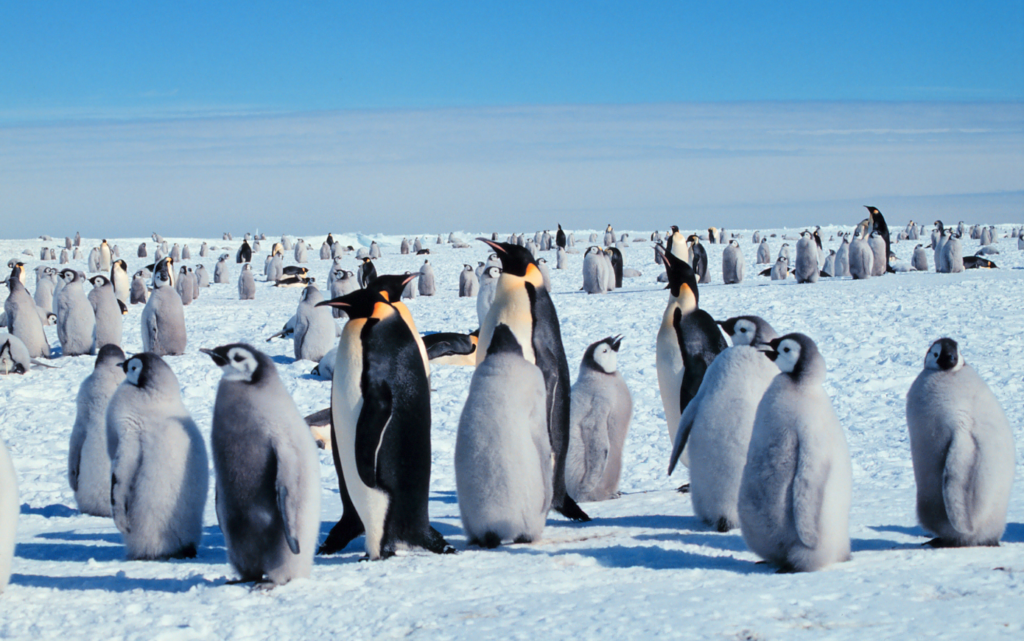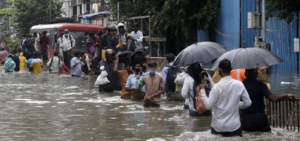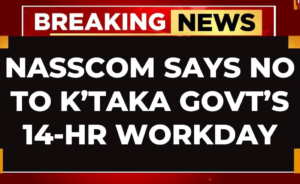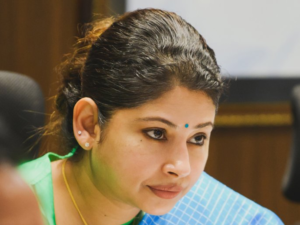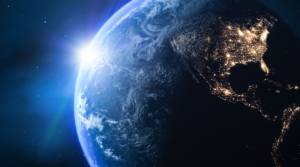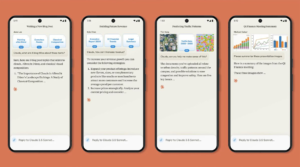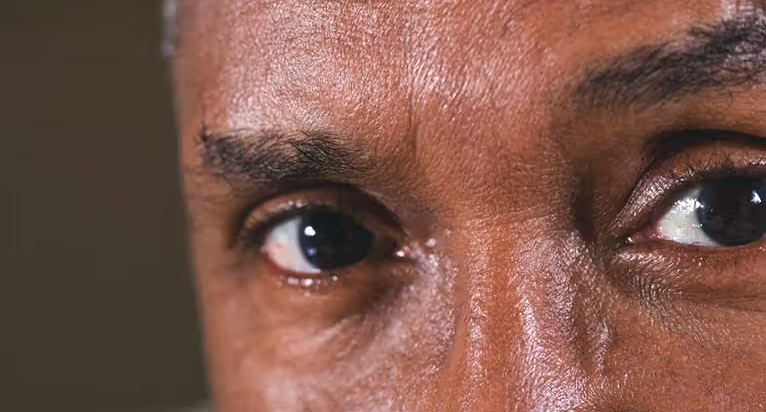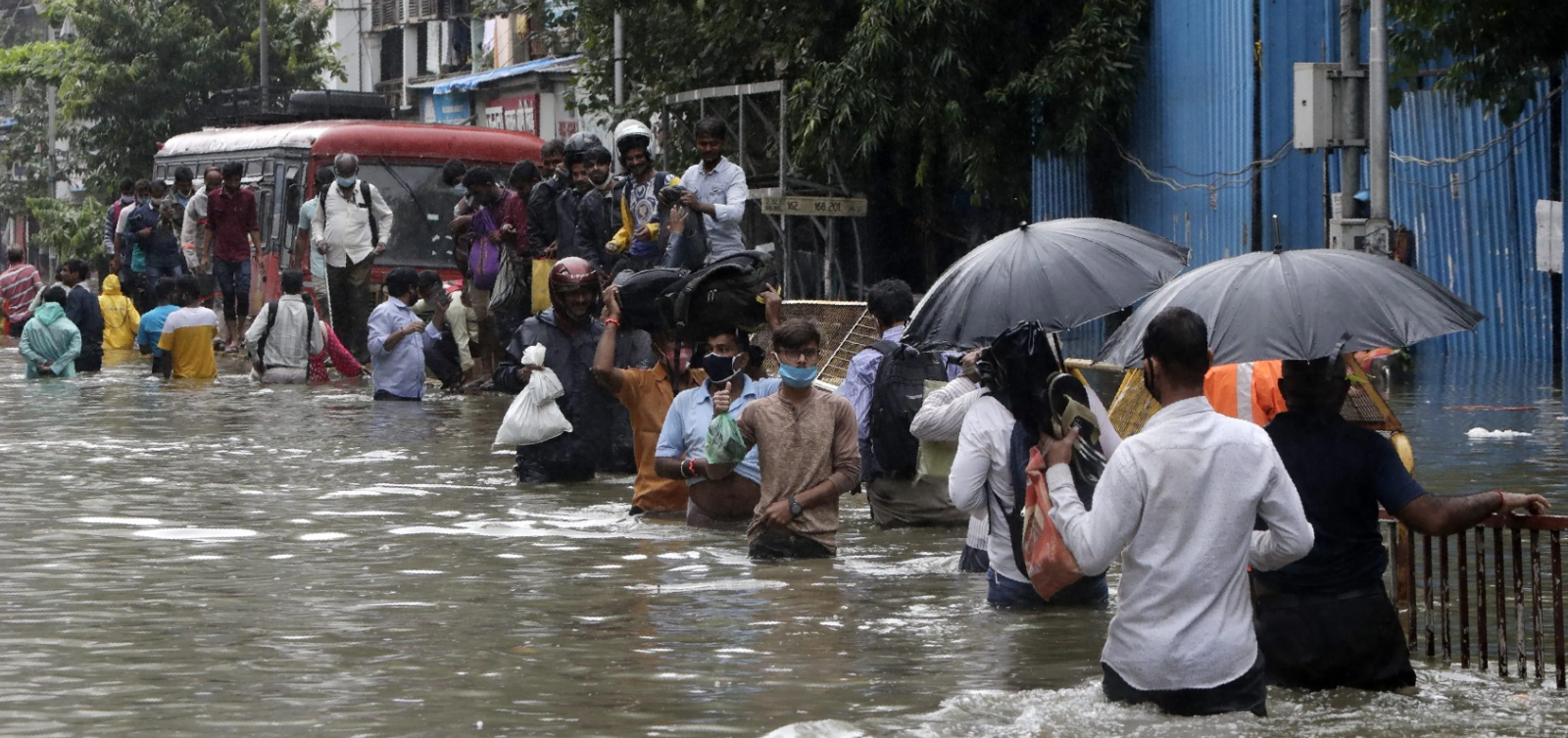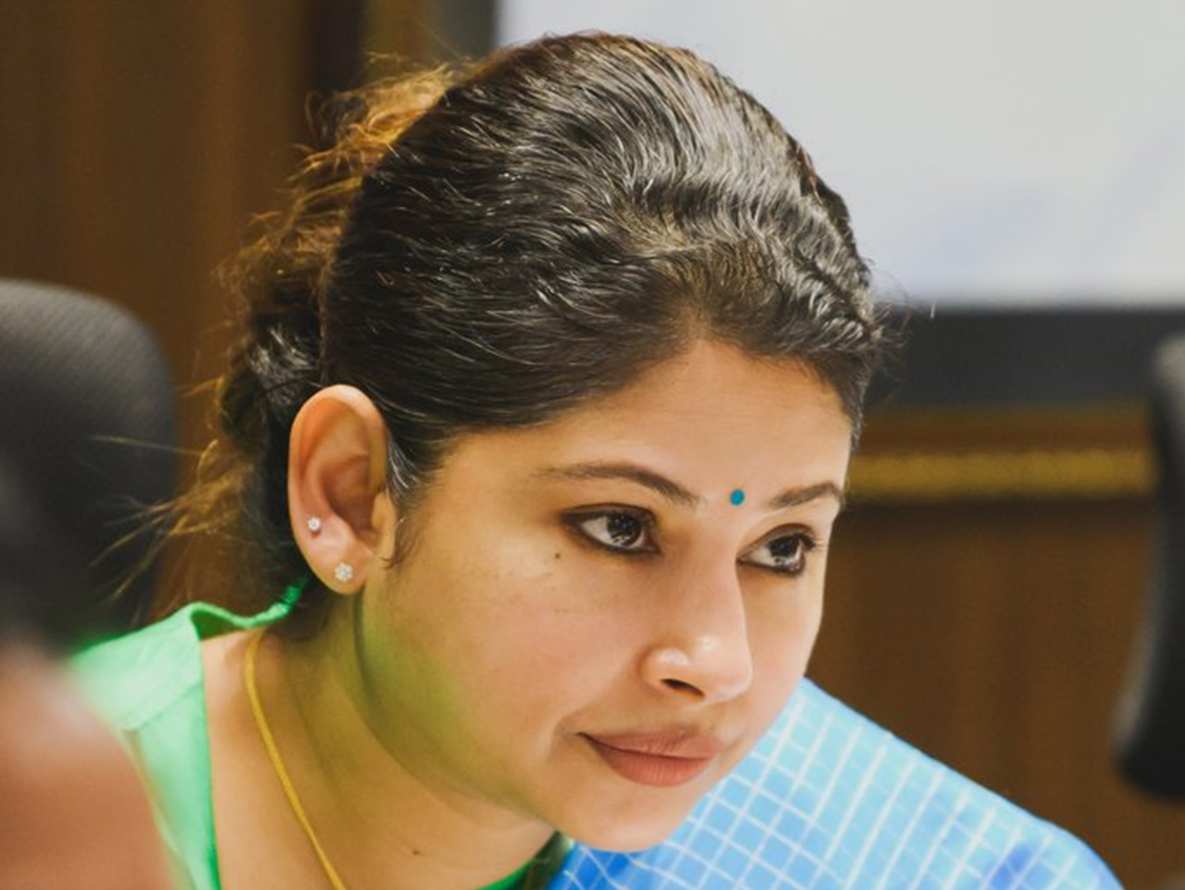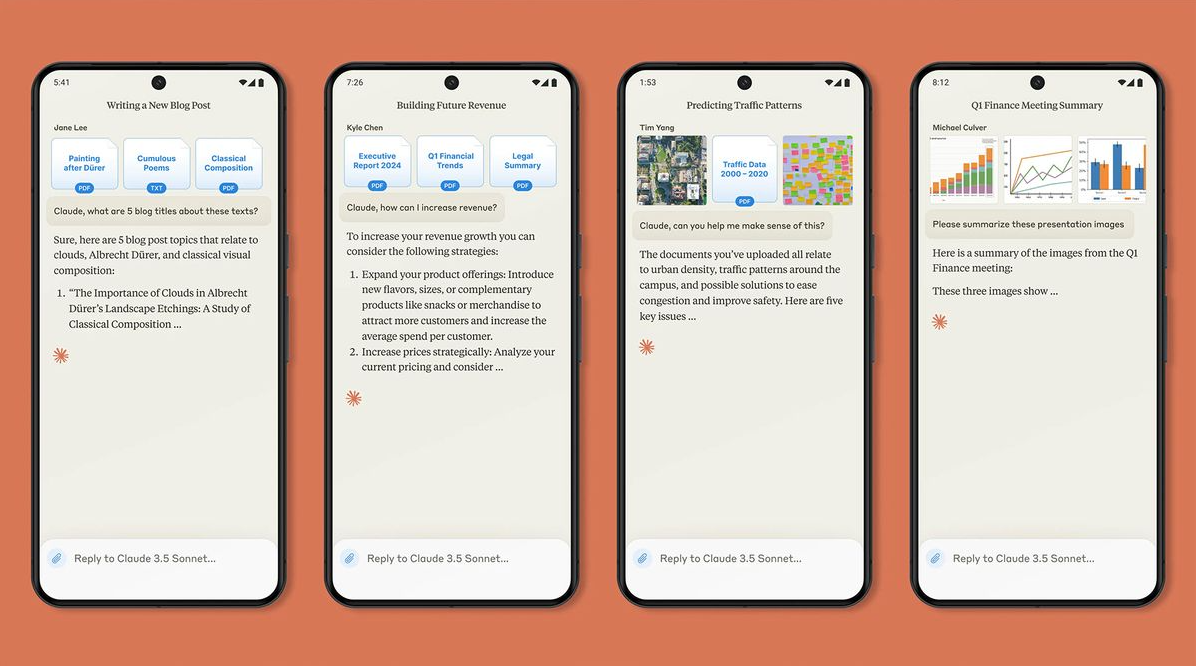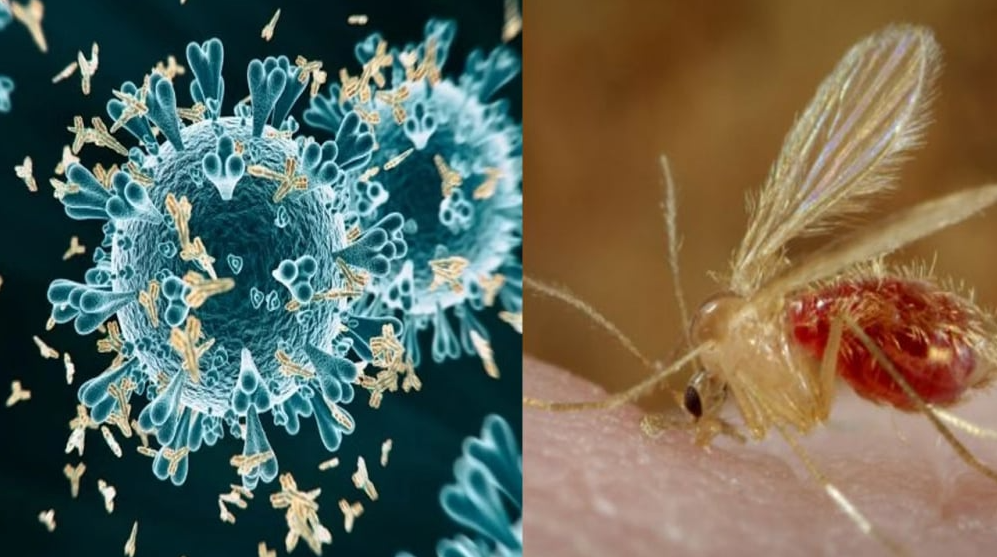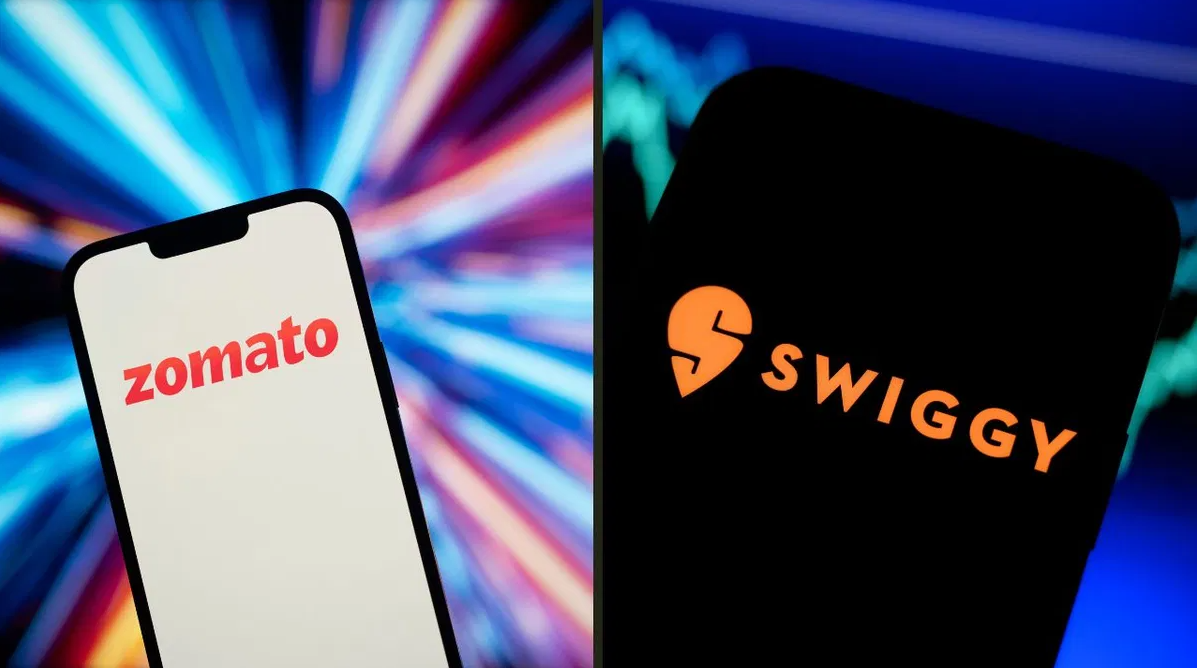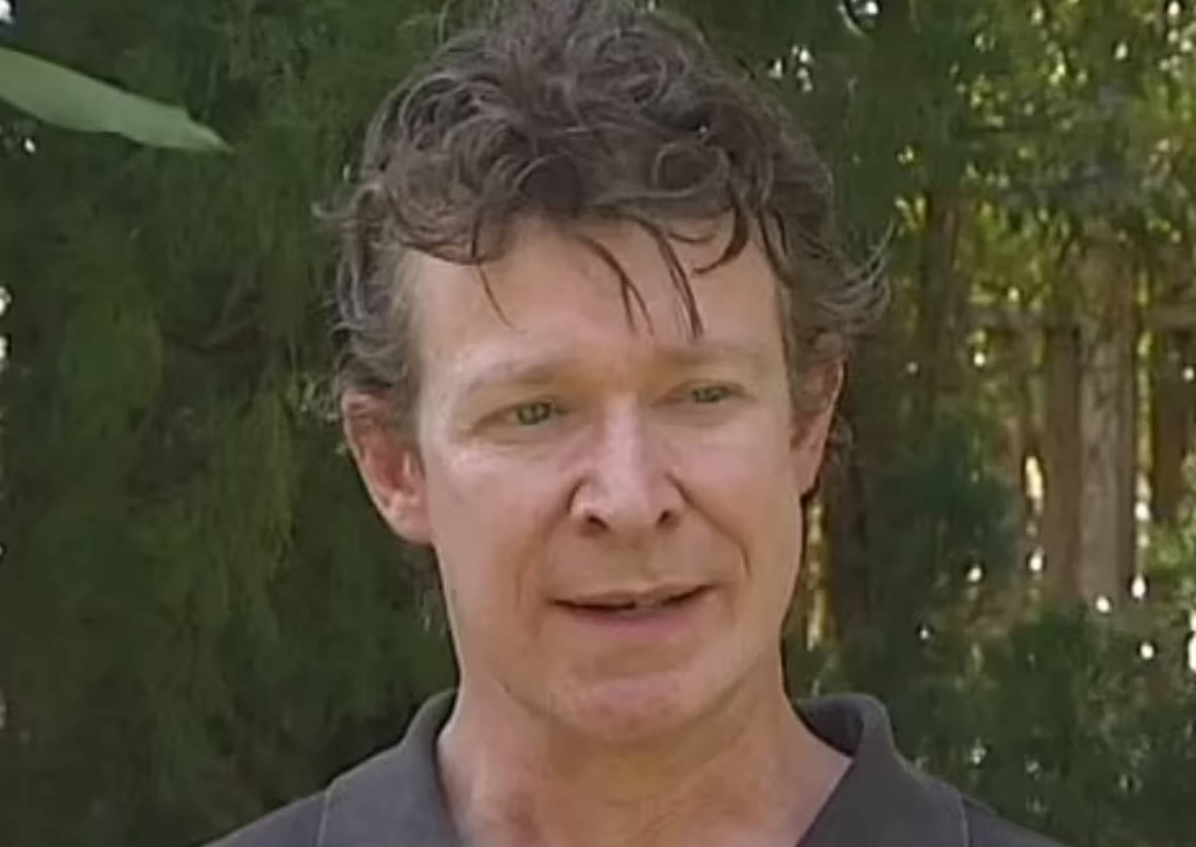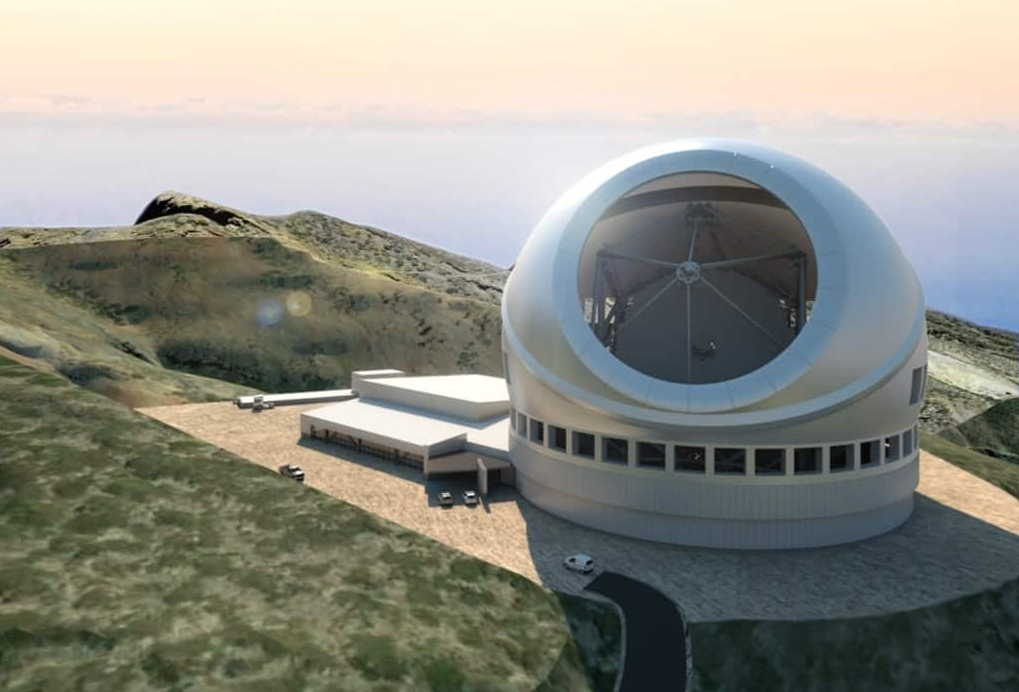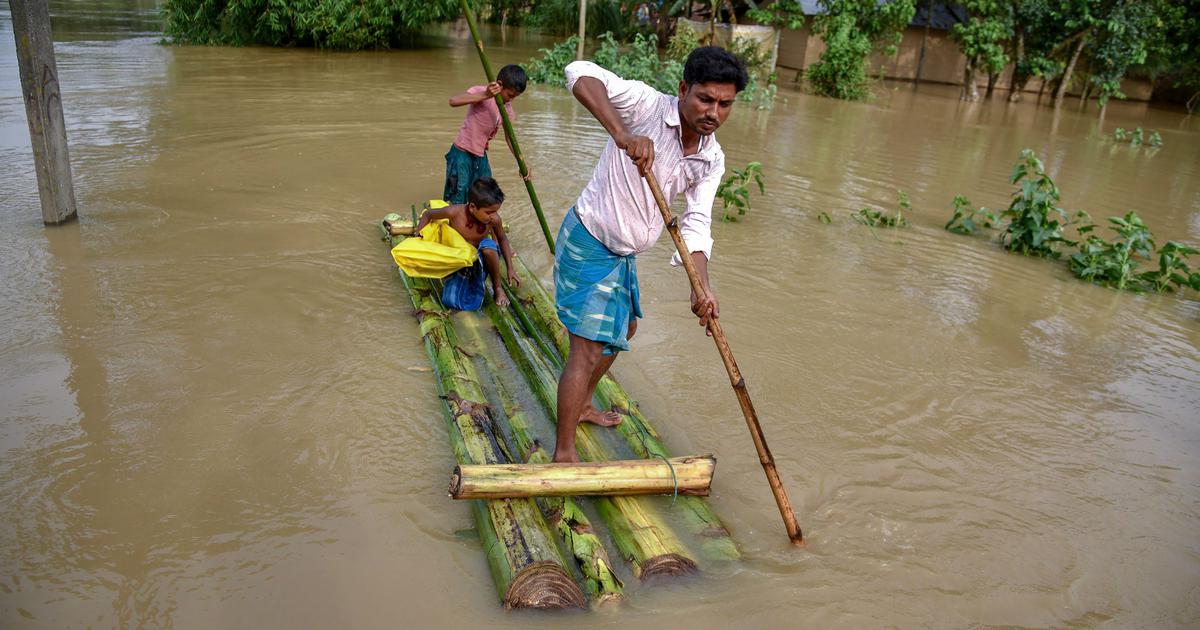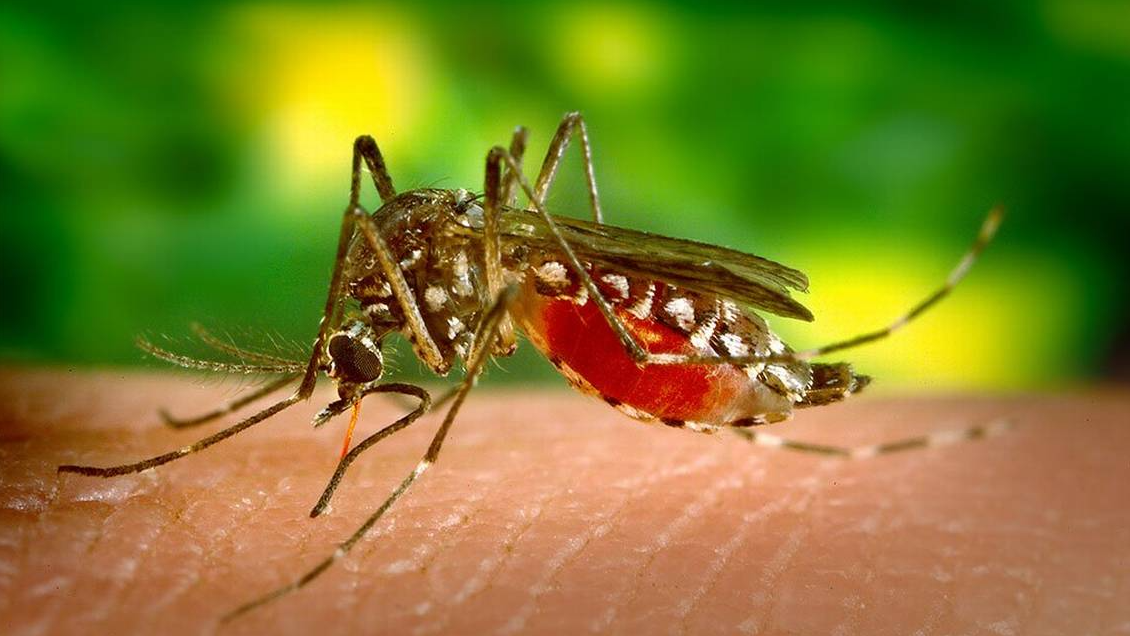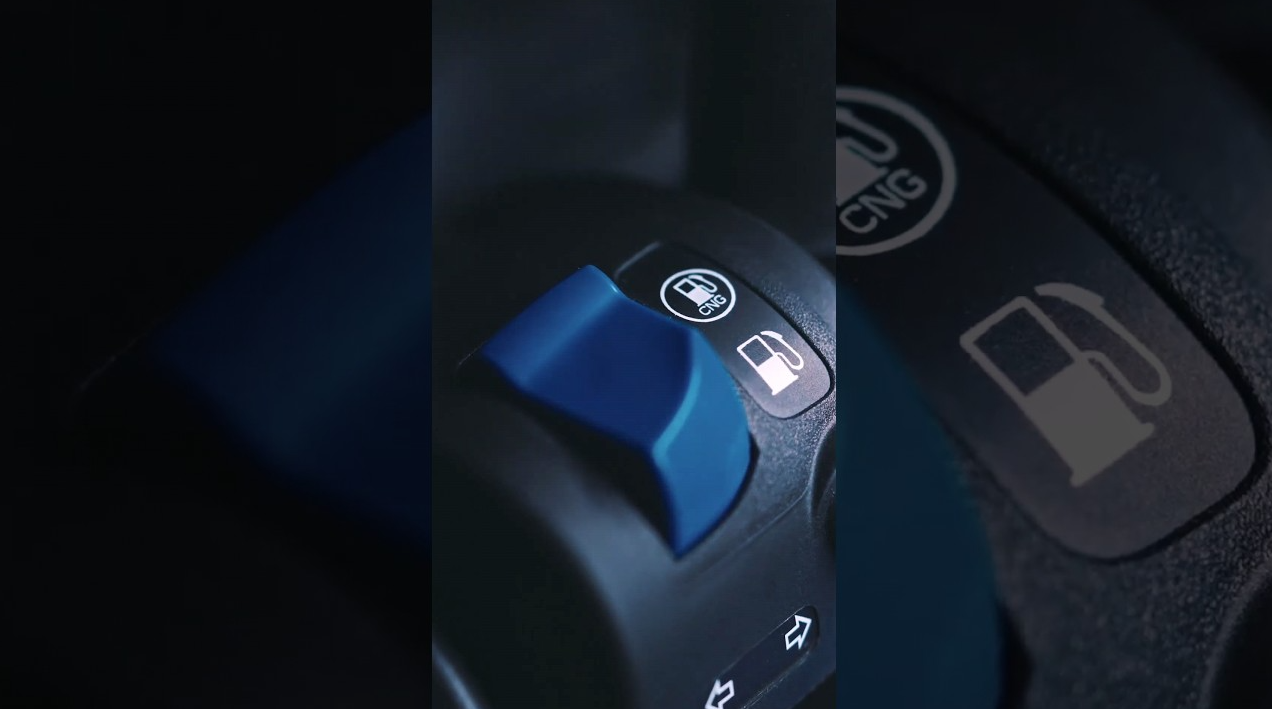For Antarctica wildlife, exposure to the Sun’s damaging rays has increased in recent years. A hole in the ozone layer – the protective barrier of gas in the upper atmosphere – now lingers over the frozen continent for more of the year. Let’s delve into the science behind this phenomenon and its impact on the unique ecosystem of Antarctica.
The Ozone Layer and Its Importance
The ozone layer shields Earth from harmful ultraviolet (UV) radiation emitted by the Sun. In 1985, scientists working in Antarctica discovered a hole in this crucial layer by measuring the amount of solar radiation reaching our planet. The primary culprits responsible for ozone depletion were chlorofluorocarbons (CFCs), commonly used as refrigerants. However, thanks to the Montreal Protocol, a global agreement in 1987, countries phased out these ozone-depleting chemicals, leading to the gradual healing of the ozone layer.
The Persistent Ozone Hole
While the overall ozone layer is recovering, a specific area remains severely depleted over Antarctica. This seasonal hole typically appears every spring, peaking in September and October. During these months, most land-based plants and animals are safely tucked away under snow cover, and marine animals benefit from extensive sea ice protection.
However, recent observations reveal a concerning trend: the ozone hole is now lasting through to December, well into the Antarctic summer. This extended duration exposes vulnerable wildlife to increased UV radiation. But what does this mean for the animals inhabiting this icy wilderness?
Risks to Antarctica Wildlife
- Skin and Eye Damage: Certain types of UV radiation, particularly UV-B rays, increase the risk of skin cancer and cataracts in humans. While researchers are still studying the effects on Antarctic mammals and birds, it’s likely that animals covered in fur and feathers, such as seals and penguins, are protected. However, their eyes remain at risk.
- Unique Vulnerability: The ozone loss occurs primarily over Antarctica due to chemical reactions in very low-temperature, high-atmospheric clouds. These reactions break down ozone, creating the hole. Unlike other regions, where UV exposure is more evenly distributed, Antarctic animals face concentrated UV radiation during their summer.
- Climate Change Connection: Unprecedented Australian wildfires, fueled by climate change, have contributed to ozone loss. Smoke from these fires contains chemicals that exacerbate the problem, leaving the ozone layer more vulnerable.
The Urgency of Protection of Antarctica Wildlife
Antarctica’s wildlife relies on the delicate balance of its environment. As the ozone hole persists, we must prioritize conservation efforts. Researchers continue to monitor the impact on species, emphasizing the need for further studies. By understanding the intricate relationship between ozone depletion, climate change, and wildlife health, we can take informed steps to safeguard this fragile ecosystem.
In summary, the ozone hole over Antarctica poses a significant challenge for the region’s unique fauna. As we strive to heal our planet, let us also protect the icy wilderness that holds vital lessons for our global environmental stewardship.


